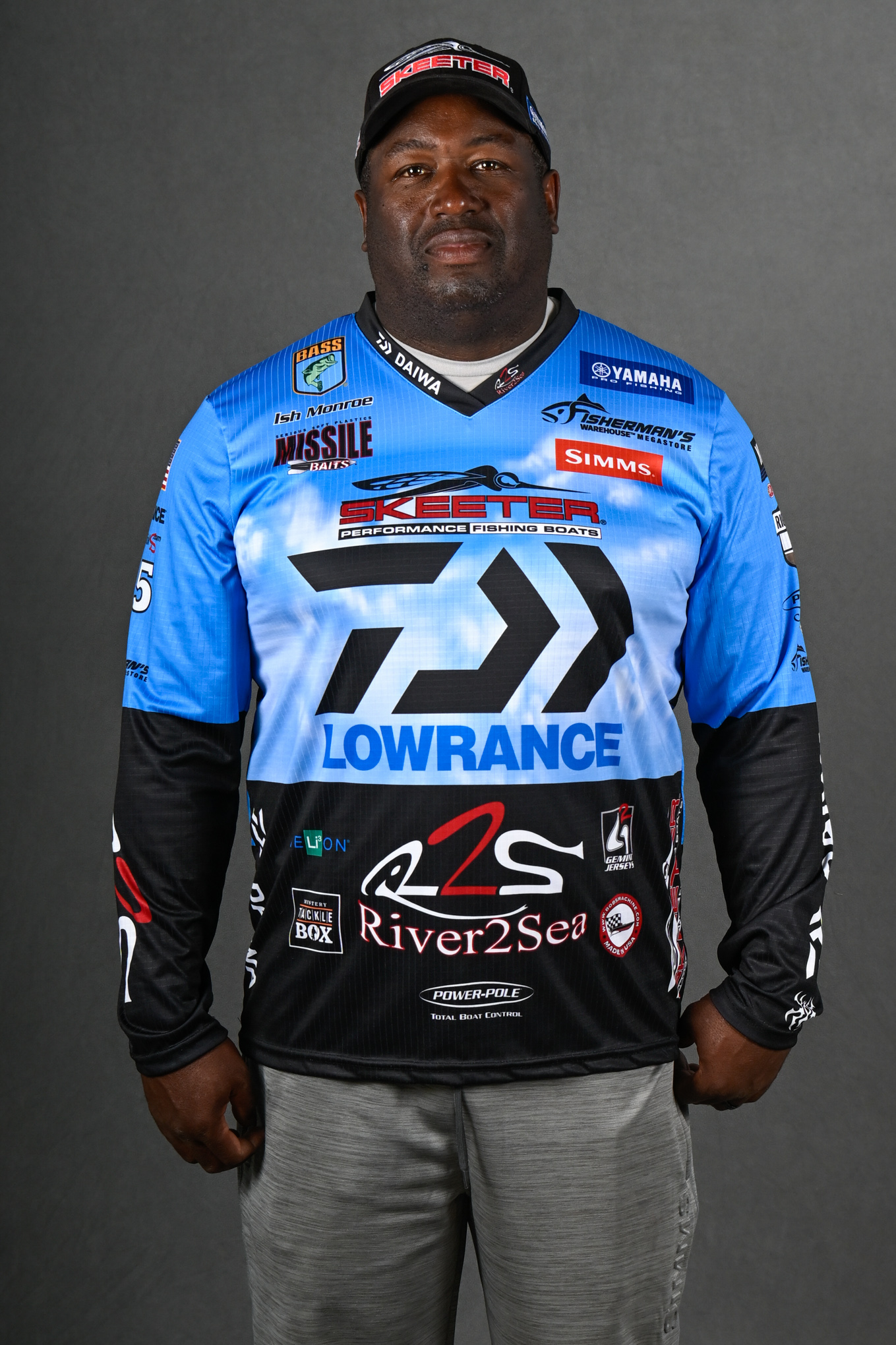Let’s get one thing out of the way right now: You can’t go too big if you’re looking for a giant bass. It’s not possible. I’ve caught 5-pound largemouth with 2 1/2-pound largemouth sticking out of their mouths. I think big fish are like people: The bigger they get, the more they eat. And they don’t want to have to chase anything down to do it. That means we should fish big and we should fish slow for the big ones.
We can only catch them, though, if we’re fishing where they live and feed. Last time we talked about fishing in thick nasty stuff. That’ll cover us for one group of fish, the ones that live their lives relating to cover.
There’s another group, however, that doesn’t relate to cover at all. They roam the lakes and rivers, following the bait. They’re never on cover. I doubt they know it exists.
Finding them can be tough, but tough doesn’t mean impossible if you fish high percentage areas. Follow the textbook rules. That means prespawn points and travel paths in the spring, spawning pockets and flats during the spawn, main lake channel breaks in the summer and then it’s back to spawning pockets and flats in the fall.
The big baits I talked about a minute ago are objectively big. They are not big as compared to the local forage. I’m talking about lures like 7-inch Mizmo tubes, 8-inch S-Waiver 200 River2Sea swimbaits, big and bulky 1-ounce jigs and 9X Yamamoto Senkos.
With these baits it’s absolutely critical that you match the hatch. Big fish want something that looks natural to them. Any of the baits I’ve mentioned can be purchased in the right color to do the job from your local Bass Pro Shops. If they don’t have it in the store, order it online. Or, you can try Tackle Warehouse.
If you like topwater action — and that’s a great way to catch a giant — I suggest you go with a big frog. They’ll attract the bigger fish and they can be worked around heavy cover as well as over open water. My preference is a Phat Frog made by Snag Proof.
No matter what lure you choose, however, you must learn to fish it slow, and I do mean real slow. If you’re throwing a Senko or a jig, let it sit, pour a cup of coffee or a soft drink, twitch it a couple of times and then drink some of the coffee or soft drink you just poured. Watch your line while you do this. It’s a waiting game.
Do basically the same thing with a swimbait. Most of them are made to swim slowly. Learn to do it so that you’re just barely bringing the bait back to the boat. You can tell when you’re doing it right. It’ll kill you. All you’ll be able to think about is cranking faster.
The frog requires a different approach. The walking action shouldn’t be so slow but the forward motion should be almost nonexistent. With some practice you’ll learn to slide it back and forth without moving it forward more than two or three inches. I usually let mine sit dead still for at least a couple of minutes before I put anymore movement to it.
What I’ve talked about this week isn’t for everyone. You have to be patient. It can be hours between bites. Numbers are not a part of giant bass hunting but the thrill of catching a 7, 8 or maybe even a 10-pounder is like no other.





